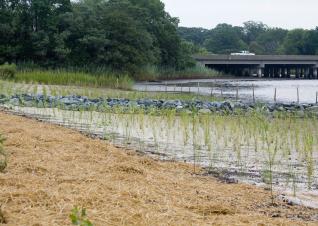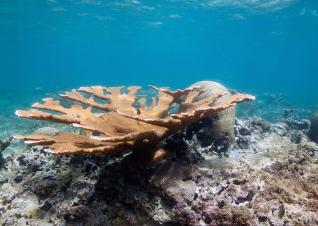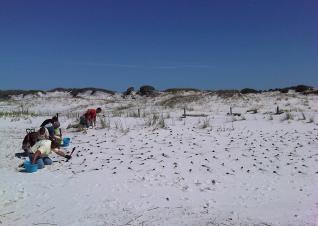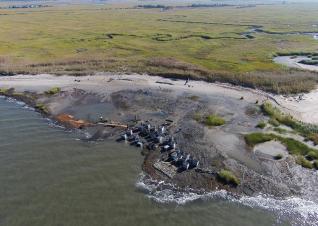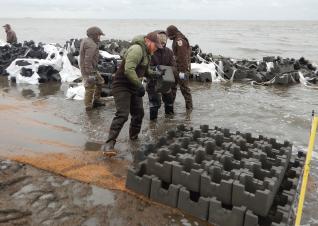Coastal marshes, also frequently called salt marshes, are partially flooded wetlands that are inundated by salt water brought in by the tides but can vary in salinity levels.
Let us know what you think of the Roadmap website. Provide your feedback →
Nature-Based Solutions Strategy Search
Other searches:
Find case studies →
Find tools and resources →
Coral reefs are the skeletons of marine invertebrates called coral, which form large underwater structures comprised of colonies.
Living shoreline creation refers to the process of planting vegetation along the shoreline and installing structures that help hold the vegetation in place.
Oysters are a cornerstone of coastal ecosystems and fisheries, providing structural protection to the coast as well as improving water quality.
Seagrasses are flowering plants that grow entirely underwater and form dense meadows in shallow areas. Seagrass restoration refers to any activities that help return seagrass ecosystems to as close as possible to their state before anthropogenic disturbances.

